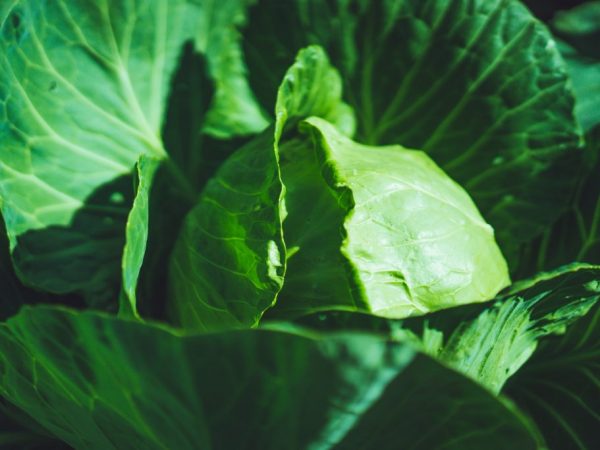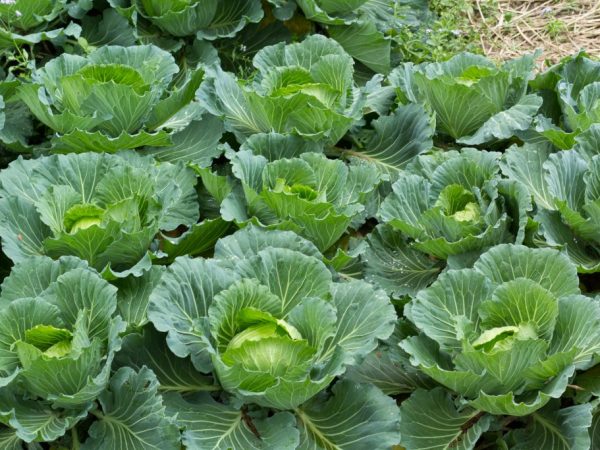Characteristics of cabbage variety Parel f1
The variety of cabbage varieties allows you to choose seeds, taking into account growing conditions and taste characteristics. Among the early ripening hybrids, the Parel cabbage stands out.

Characteristics of cabbage variety Parel f1
Variety characteristic
Parel f1 cabbage was bred in Holland, but is suitable for growing in regions of Russia with short and cold summers.
For a period of more than 20 years of cultivation, it has shown itself as a record holder for the rapid formation of a marketable crop.
Description of the Parel variety:
- ultra-early ripening;
- high resistance to frost;
- high resistance to cracking;
- high productivity;
- excellent taste;
- universal purpose.
Parel is suitable for both commercial production and for growing in a summer cottage. From the moment the seedlings are planted in the garden and until the time of harvesting, an average of 55-60 days pass.
The yield is different, depending on the growing conditions. It ranges from 150 c / ha to 450 c / ha. Summer residents note that a thickened planting does not affect the quantity and quality of the crop.
Description of the head
White cabbage Parel f1 forms small round heads weighing from 800 g to 1.5 kg. The rosette of leaves is raised. The leaves are light green, smooth edges. There is a small waxy coating on the surface, which can be easily removed by touching it with your hand.
The heads of cabbage are dense, the upper leaves are slightly adherent, when cut, the color changes from light green to white-milky. The stump is small.
In a state of biological maturity, they are well stored in the beds without loss of taste and marketability for up to 2 weeks. Ripening occurs evenly. This is convenient for farms that sell early cabbage varieties.
Application of the vegetable
The vegetable has a pleasant sweetish taste and a slight cabbage smell. The leaves are thin, without coarse veins, the fibers are fine, the juice and sugar content is high. The use is universal: from preparing salads to stewing and preserving.
Parel is often used in stews, baby food and diets. When cooked, the sheets quickly reach readiness and are well chopped with a blender in mashed potatoes.
Growing
To get a rich harvest, they adhere to some growing rules:
- For seedlings, seeds are sown at the end of March at home and at the beginning of May in an open bed. When grown through seedlings in open ground, the bushes are planted at the age of 4 weeks. This is the period from late April to early May. In regions with cold summers, these periods are shifted by 1-2 weeks.
- Early varieties are grown in greenhouses for harvest in late May and early summer. The technology is the same as for growing in an open bed. Seeds are sown for seedlings in early March, then dive in the phase of 4 true leaves and planted in a permanent place.
The planting scheme of seedlings is as follows: the distance between the rows is 30 cm, between the bushes - 50 cm.
Care

Care for your plants
The description of the Parel variety cabbage shows that this plant is not demanding in terms of care and growing conditions, but general recommendations should be followed. These include:
- watering;
- loosening the soil and removing weeds;
- top dressing;
- treatments for diseases and pests.
Watering
Cabbage loves to grow in well-moisturized soils. If the region is characterized by long periods of drought, watering is carried out 2-3 times a week (if possible, every day). Watering is carried out in the evening with settled water under the root. In other cases, it is enough to water the bushes once a week or as needed.
Loosening
Loosening of the soil is carried out infrequently so as not to damage the leaf outlet. In the first months, the aisles are loosened every 2 weeks. When the rosette grows and the formation of the head begins, the weeds are removed by hand. Since cabbage has a wide rosette, weeds grow poorly.
Top dressing
Nitrogen fertilizing is applied in moderation, so as not to interrupt the phase of tying the heads. In total, 1-2 fertilizing with nitrogen is enough per season. The exceptions are cases when the leaves lose color, become pale: this is a signal of a lack of nitrogen. Then one more additional feeding is carried out.
When the ovary is formed, the ammonia feed is replaced with potassium-phosphorus. To do this, use a solution of potassium nitrate or an ash solution.
Diseases
The vegetable, due to the hybridity of the f1 category, is resistant to diseases and pests, but if left untimely, there is a risk of damage to the plant. The following changes in the plant are cause for concern:
- The stem gets wet or rots - this develops root rot.
- If growths or bulges appear on the leaves, this is a keel.
- Peronosporosis is characterized by spots and a strong bloom on the leaves.
To destroy the infection, the planting is treated with fungicides. In case of root rot disease, watering is temporarily stopped. If the plant grows in a greenhouse, more often ventilate and reduce humidity.
Pests
When fighting insects and pests, they are guided by the seasonality of their reproduction.
Conventionally, there are 3 phases, when cabbage is susceptible to pests:
- When growing seedlings, the leaves are eaten by leaf beetles, cruciferous fleas and cabbage flies.
- During the formation of the ovary, the cabbage whitewash is activated.
- Ripe heads of cabbage are eaten by the scoop and cabbage aphid.
When the first insects appear, folk decoctions can be used: ash or tobacco solution. If traditional methods do not help, they switch to chemicals (insecticides).
Conclusion
Early cabbage Parel is a hybrid, undemanding to care and resistant to short frosts. Cultivation is reduced to adherence to the main stages of cultivation and care. Also, the variety is distinguished by high seed germination and excellent taste.


